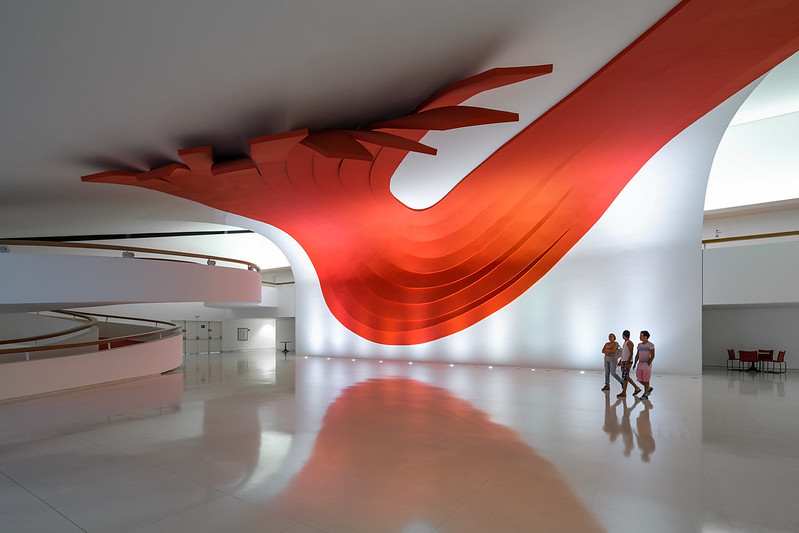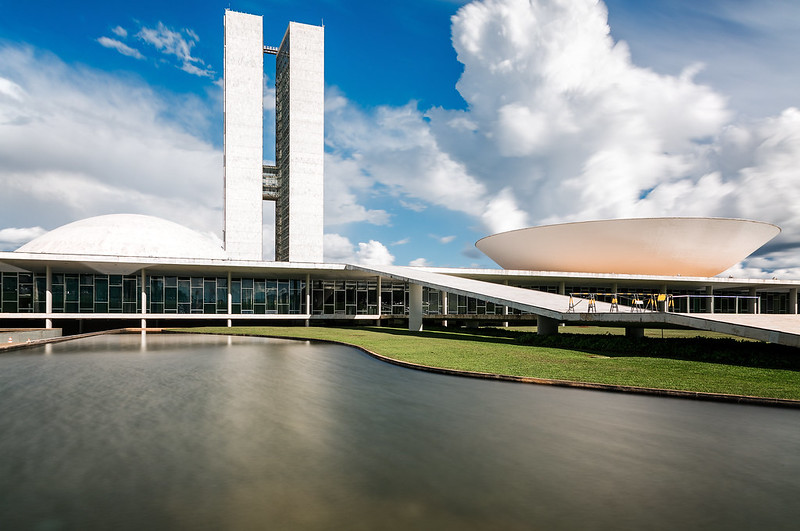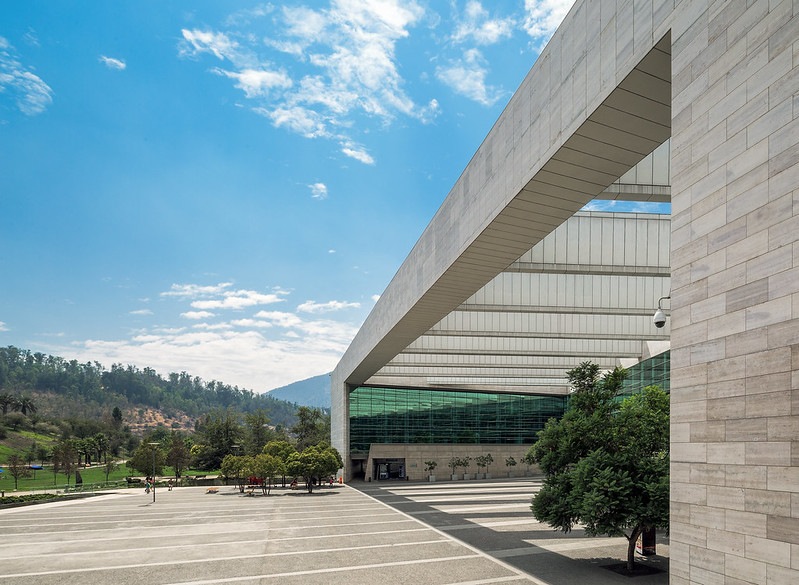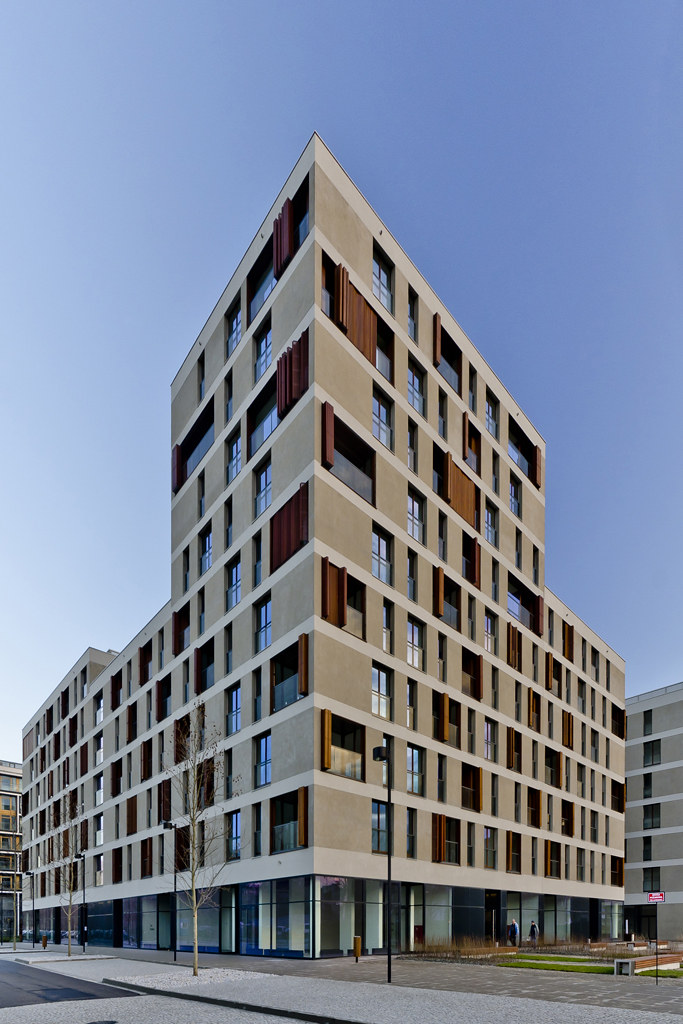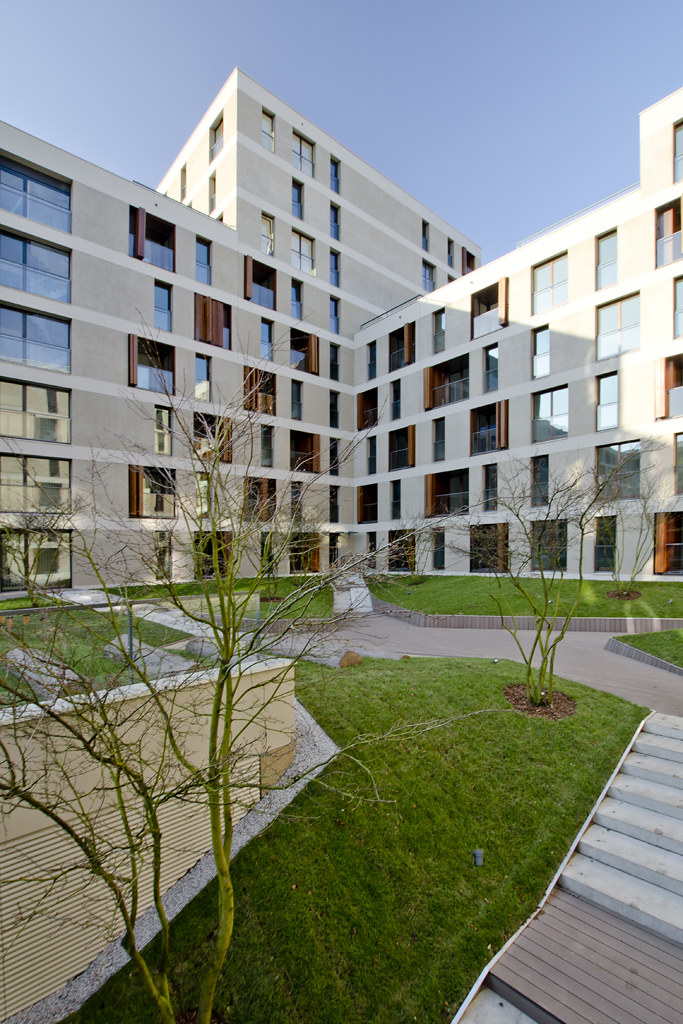Tonight is the opening of the exhibition The Landscape Architecture Legacy of Dan Kiley, on display at the Center for Architecture until June 20, 2015. The show is organized by The Cultural Landscape Foundation (TCLF), which has an excellent microsite devoted to an exhibition that has been shown at several institutions around the country, including the National Building Museum. For those in NYC, the opening takes place from 6pm to 8pm this evening.

[Dan Kiley at the United States Air Force Academy in Colorado Springs, CO | Photo: Aaron Kiley, courtesy of TCLF]

[Dan Kiley at the United States Air Force Academy in Colorado Springs, CO | Photo: Aaron Kiley, courtesy of TCLF]
The Landscape Architecture Legacy of Dan Kiley
Dan Kiley (1912-2004) worked with equally significant architects, including Eero Saarinen, Louis Kahn, and I.M. Pei, to create internationally-acknowledged Modernist icons. His design legacy is substantial, influential, and, like the broad swath of our Modernist-designed landscape legacy, ephemeral. The exhibition honors Kiley and his legacy and calls attention to the need for informed and effective stewardship of his work - and by extension Modernist landscape design.
The Landscape Architecture Legacy of Dan Kiley prompts questions and discussions about responsible stewardship, which is central to TCLF’s mission. While some Kiley designs are dying quiet deaths, others are extremely well maintained or require only modest attention to achieve their brilliance once again. The exhibition features dozens of recent photographs by noted artists such as Marion Brenner, Todd Eberle, Millicent Harvey, and Alan Ward that document the current state of 27 of Kiley’s more than 1,000 designs, including New York projects like the Ford Foundation and Rockefeller University.












